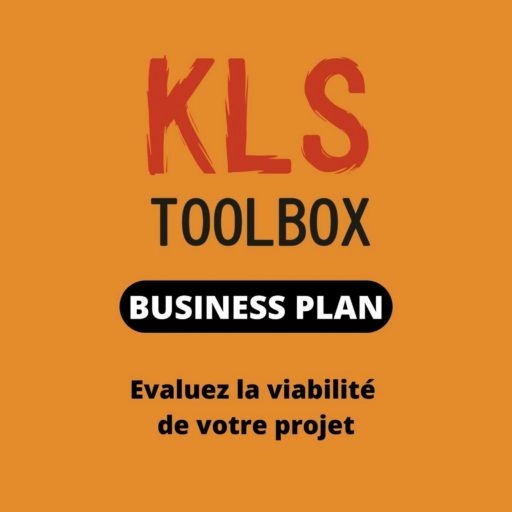
Summary of issues
With a view to going public, the BELIEVE group wanted to control IT expenditure which account for a significant proportion of its overall costs.
The need was to build and model the company's IT costs in order to manage their evolution with different scenarios new needs, increase or decrease in activity...
Solutions and actions
- Identification of key stakeholders and planning of interviews to obtain detailed information.
- Interviews with stakeholders to identify specific IT cost management needs.
- Analysis and understanding of the structuring of IT expenditure by category (cost pools) and definition of IT activities (IT Towers).
- Establishment of a committee structure with clearly defined roles (project management, coordination, executive committee, steering committee).
- Organising and planning weekly meetings to ensure coordination, monitor progress and manage challenges.
- Setting up a shared workspace to facilitate the collection of accounting, budget monitoring and other specific data.
- Identification of source data, formats and interactions (relationships) required to build the model
- Standardisation of repositories and mapping.
- Standardisation of management rules (e.g. standard cost rates) to facilitate the allocation of financial resources to IT headings.
- Development of the cost model, taking into account applications, services, IT activities and resources.
- Putting in place standard metrics and KPIs to monitor and control IT activity.
- Training internal teams in new IT cost management methodologies and tools.
- Documentation of processes and models to ensure continuity and continuous improvement.




